(Click for full-size picture)
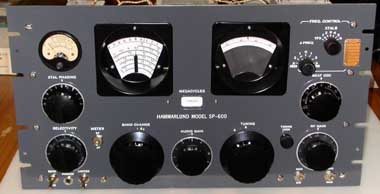
I personally feel that the JX-14 is the best of the SP-600 series (this is a subject of debate, I know). It has a clean AGC system where they don't try to feed the AGC voltage to the second mixer, and the RF stage get the full attenuation of the AGC. I feel this AGC architecture helps keep the IM down in the two RF amplifiers.
I replaced all but a few of the tubes with NOS. I put a 6BZ6 in the 1st RF slot to increase the sensitivity. The tuning dials and the band selector readout were all flaking off. I turned them over (so the originals are still there) and applied dial overlays. I had to replace both the AF and the RF potentiometers - the old ones were scratchy. I also replaced two of the front-panel switches (the ones on the left). One of them was stuck and the other one disintegrated in my hands.
(Click for full-size picture)
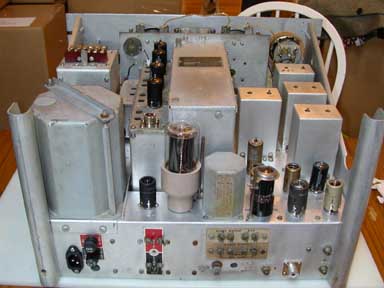
(Click for full-size picture)
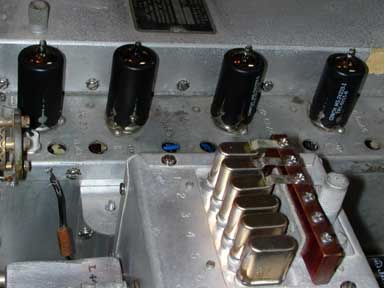
(Click for full-size picture)
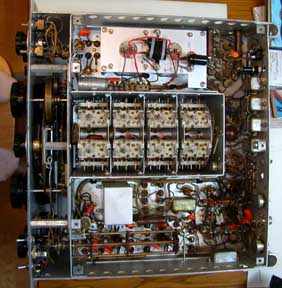
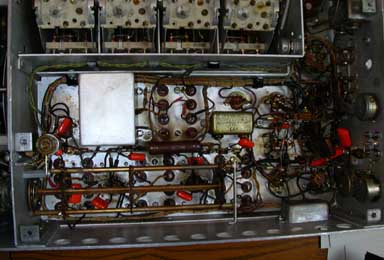
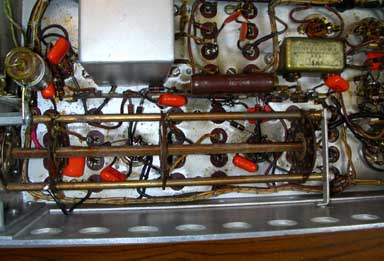
(Click for full-size picture)
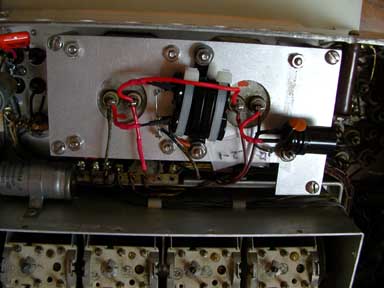
(Click for full-size picture)
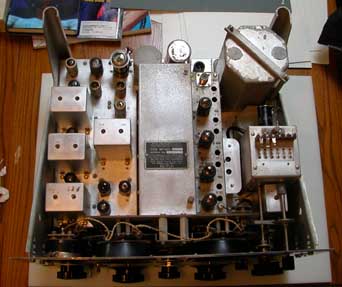
De-Oxit was applied to all the tube sockets. The chassis did not need any major work - it was relatively straight and square. It was apparent that this receiver had not been dropped or otherwise mishandled. There were no bent edges or crushed corners. I replaced the missing tube hold-down clip on V17.
All the miniature tubes have the IERC heat-sheding shields or their Cinch equivalents. These are the only tube shields known to actually increase tube life.